
Back to the list of suburbs Previous suburb Next suburb
| Suburbs of St.Petersburg - Peterhof | ||
|---|---|---|
|
The history of foundation the world’s famous Palace and park ensemble of Peterhof (also known as Petrodvorets – “Peter’s Palace”) goes back to the beginning of 18th century, when Peter the great considered the area on the southern shore of Finsky bay to be an ideal place for his summer residence. Originally another area nearby –Strelna – was meant to be the magnificent residence and great copy of Versailles, so in 1710 only the small modest wooden palace was constructed in Peterhof. In several years appeared a marine canal, the grotto and the cascade. It was the base for Peter the Great to lay out the picturesque ensemble with his Palace in the center and the Lower Park (originally called Lower Gardens) and the Upper Gardens in the vicinity. Due to growing of the tsar’s court, the Empress Elizabeth, Peter’s daughter, decided to make a radical reconstruction of the palace. Supervised by the architect Bartolomeo Rastrelli, the construction and decorations of the palace was almost finished in 1752. The new majestic Grand palace became not only the structural center of the Park ensemble, but also one of the biggest and richest summer palaces in Europe. The newly built edifice stretched 300 meters along the elevated bank. The early existing building was transferred into a central part, continuing with massive 3-storey wings and light and graceful one-storey galleries left and right, ended with a church of 5 cupolas and a pavilion with a gilded symbol of Russia – magnificent 2-headed eagle. The interior of the Palace were enriched by different architects in different styles. Spacious rooms, full of air and light, are decorated with fantastic carvings, splendid parquet floors, gilded mouldings, painted ceilings and canvas by many great masters. Surrounding the great palace, the fountain park of Peterhof started with a canal, connecting the sea and the semi-circled pond in front of the Palace. In the center of the pond, in front of mysterious grotto, the world’s famous fountain Samson tearing the lion’s maw was mounted by order of Catherine the First to celebrate her husband’s Northern War victories. Samson statue and the grotto are a part of the greatest fountain system of Peterhof – Big Cascade. The design of Cascade was made by peter the Great, but the modern look of the system was forming during hundred of years, started from 1716. In the eastern part of the park, on the embankment near the Finsky Bay, you can visit the Monplaisire Palace, mounted by famous architects Leblon, Schluther, Braunstein and Miketti, where Peter the Great started his collection of marine paintings. J. Braunstein also designed a Marly Palace with a rectangular pond in the western part of lower Park. Totally in the Upper and Lower Gardens, measuring more than 120 hectares there are more than 150 fountains, including 4 different cascades and a variety of small palaces, pavilions and museums. After the WWII the Grand palace and most of the fountains were terribly damaged, and an extensive reconstruction of all the fountain systems was completely finished only in 2000, when the last Lion’s cascade in the western park of Peterhof park was opened. |
||
|
NB! You can visit this suburb during our individual tours to Peterhof! |
||
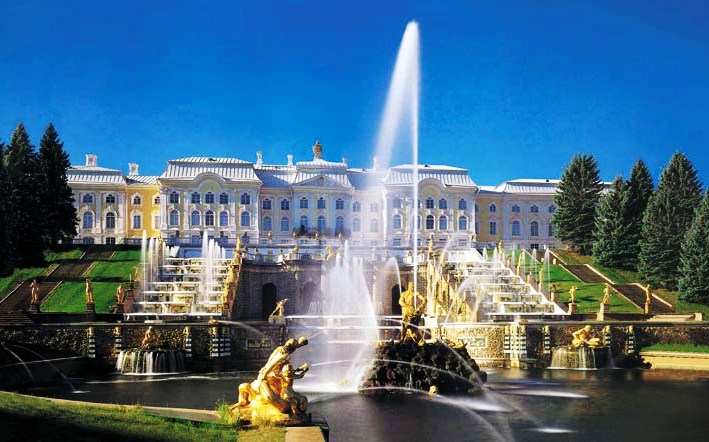 |
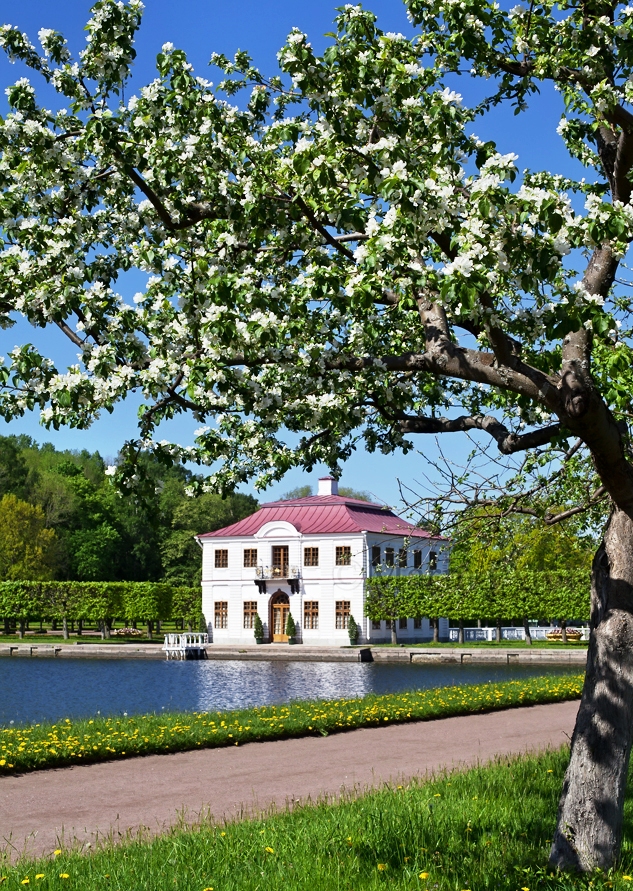 |
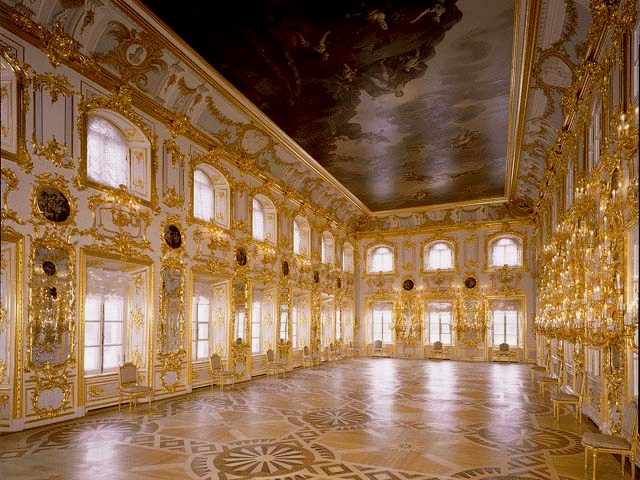 |
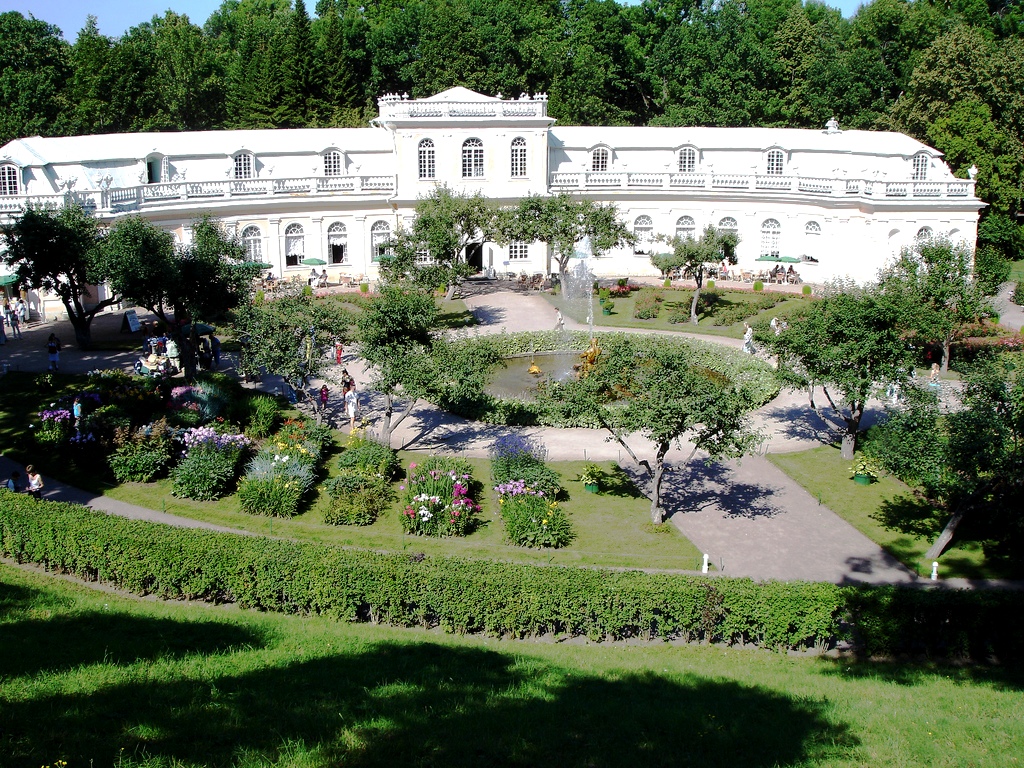 |
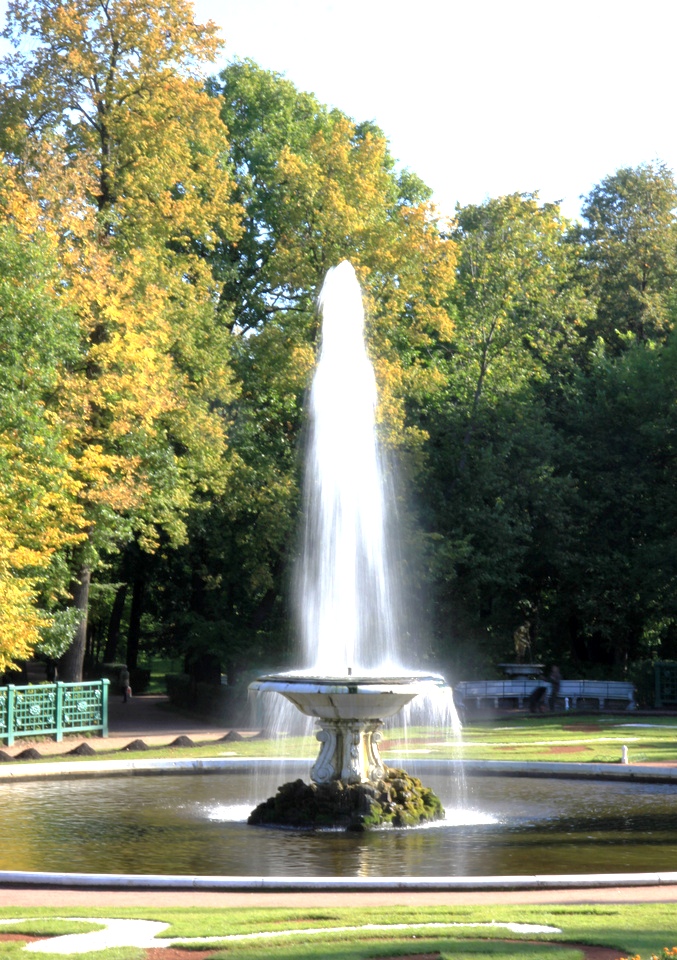 |
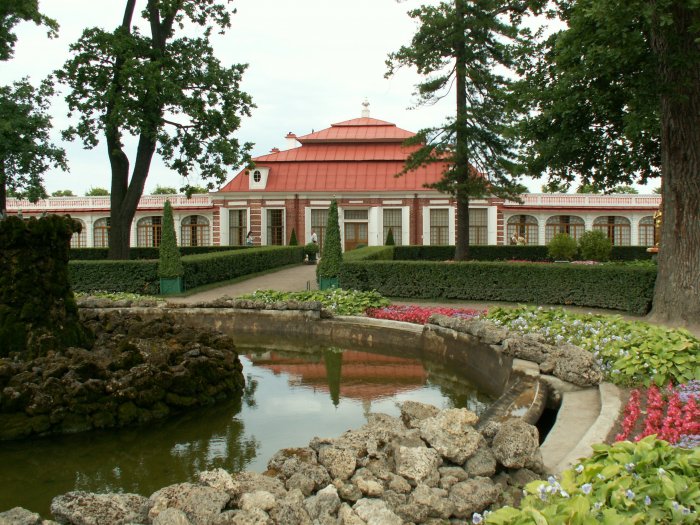 |
|
Copyright © 2004-2005 Palytra Travel
All rights reserved |
Website development |

